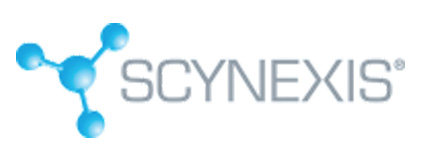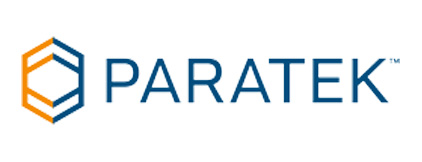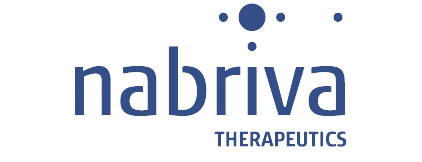
Market incentives reward successful development, providing guaranteed return on investment (ROI) for costly antimicrobial products. Examples of market incentives include milestone or prize payments, patent buyouts and advanced market commitments, as well as regulatory incentives encompassing tradable patent extensions, priority review vouchers, or extended market exclusivity. These types of incentives enable direct support for much needed products once they reach the finish line and are viewed by a host of stakeholders as viable mechanisms to engage industry to develop new antimicrobial drugs.
AMR ‘Pull Incentives’
Market Entry Reward (MER) Program:
A MER program grants a series of predefined lump-sum payments to developing companies after regulatory approval of a qualified antimicrobial.
Antimicrobial sales in early years are very limited. MERs act like a prize, partially de-linking early sales volumes from profit, following a model in which milestone payments supplement sales revenue.
Transferrable Exclusivity Extension (TEE) Voucher:
TEE proposals award developers of qualifying antimicrobials a voucher to extend the patent life by one year upon approval. This voucher could be used by the awardee on a product of their choosing or sold to another developer.
Like the MER, this market-based incentive de-links sales volume from financial return of an antimicrobial. Additionally, the potential for payout by selling the TEE voucher could stimulate early pipeline investment.

 Vu L. Truong, Ph.D.
Vu L. Truong, Ph.D. René Russo, PharmD, BCPS
René Russo, PharmD, BCPS Roger J. Pomerantz, M.D., F.A.C.P.
Roger J. Pomerantz, M.D., F.A.C.P. Christine Ann Miller
Christine Ann Miller Graham G. Lumsden
Graham G. Lumsden Marco Taglietti, M.D.
Marco Taglietti, M.D. Ankit Mahadevia
Ankit Mahadevia John McDonough
John McDonough Frank Pasqualone
Frank Pasqualone Ed Garvey
Ed Garvey Vijay B. Samant
Vijay B. Samant Jeffrey Stein, Ph.D.
Jeffrey Stein, Ph.D. Evan Loh, M.D.
Evan Loh, M.D. Michael Dunne, M.D
Michael Dunne, M.D Ciara Kennedy, Ph.D.
Ciara Kennedy, Ph.D. Ted Schroeder
Ted Schroeder Kevin Finney
Kevin Finney









 Stephen Conafay
Stephen Conafay Christopher J. Burns, Ph.D.
Christopher J. Burns, Ph.D.

 Corey Fishman
Corey Fishman